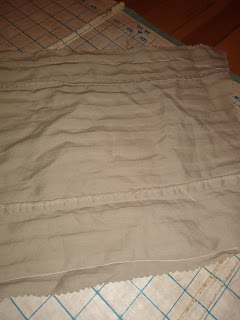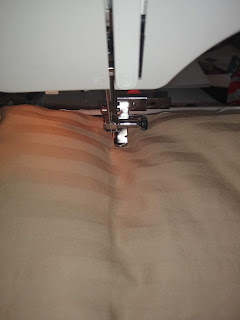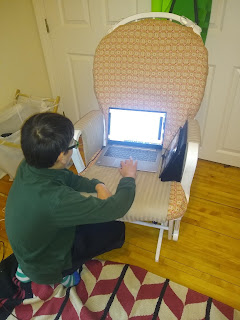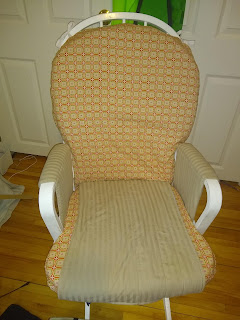One of the best books I have read recently is Robin Wall Kimmerer's Braiding Sweetgrass. Kimmerer is a biologist by training and a member of the Citizen Potawatomi Nation. In the book, Kimmerer weaves together her academic training with indigenous ways of relating to the world and nature. She talks at length about treating the fruits of the earth as gifts. She writes:
How, in our modern world, can we find our way to understand the earth as a gift again, to make our relations with the world sacred again? I know we cannot all become hunter-gatherers—the living world could not bear our weight—but even in a market economy, can we behave “as if ” the living world were a gift?
In other passages she writes about how gifts of the earth are present without us doing anything if we are open to seeing them.
Most of my upcycling projects are about making something I can use. And things appear in my life without my going to the store and finding something that was newly extracted from the earth. Since I am on social media and have been asking for materials, some of my neighbors will now just drop stuff off. Other times, I stumble upon something. For example, I had denim idea projects swimming in my head. I can never find jeans that fit and my kid won't wear them so I actually don't have offcasts of my own. However, on one of my daily walks, I happened upon free items on the curb, which included two pairs of used jeans with usable fabric
A pair of jeans is from the earth and I have come to see these things that I happen upon as gifts, but unfortunately I am not sure that most of my fellow Americans feel the same away. I live in a household in which we all compost and recycle religiously and even have purchased Terracycle boxes. My kid is beginning to think his mother is super strange and has tried to physically lead me away from a dumpster on the curb (I found a bin of sewing materials in that particular dumpster bag). My spouse's tactful answer about my projects is, "I like that they keep you busy." Though he does like the Tupperware lid chaos reducers I sewed and put in the kitchen cabinets.
I wonder how we shift our thinking about stuff and what we do with "garbage." This blog is designed to give you some ideas on what you can make or do, so that is one things. But you and I are only two people. We need to change societal attitudes about stuff and garbage. What a difference treating our things as gifts would make.
Stay tuned to future blog posts about this subject.






































%20v3.png)
%20v3.png)
